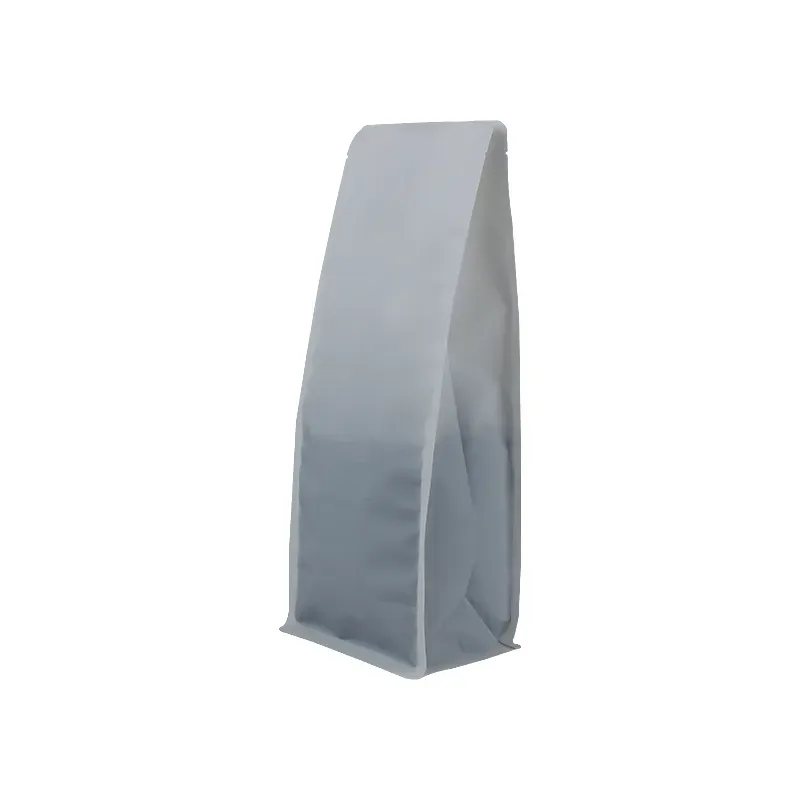- Afrikaans
- Albanian
- Amharic
- Arabic
- Armenian
- Azerbaijani
- Basque
- Belarusian
- Bengali
- Bosnian
- Bulgarian
- Catalan
- Cebuano
- chinese_simplified
- chinese_traditional
- Corsican
- Croatian
- Czech
- Danish
- Dutch
- English
- Esperanto
- Estonian
- Finnish
- French
- Frisian
- Galician
- Georgian
- German
- Greek
- Gujarati
- haitian_creole
- hausa
- hawaiian
- Hebrew
- Hindi
- Miao
- Hungarian
- Icelandic
- igbo
- Indonesian
- irish
- Italian
- Japanese
- Javanese
- Kannada
- kazakh
- Khmer
- Rwandese
- Korean
- Kurdish
- Kyrgyz
- Lao
- Latin
- Latvian
- Lithuanian
- Luxembourgish
- Macedonian
- Malgashi
- Malay
- Malayalam
- Maltese
- Maori
- Marathi
- Mongolian
- Myanmar
- Nepali
- Norwegian
- Norwegian
- Occitan
- Pashto
- Persian
- Polish
- Portuguese
- Punjabi
- Romanian
- Russian
- Samoan
- scottish-gaelic
- Serbian
- Sesotho
- Shona
- Sindhi
- Sinhala
- Slovak
- Slovenian
- Somali
- Spanish
- Sundanese
- Swahili
- Swedish
- Tagalog
- Tajik
- Tamil
- Tatar
- Telugu
- Thai
- Turkish
- Turkmen
- Ukrainian
- Urdu
- Uighur
- Uzbek
- Vietnamese
- Welsh
- Bantu
- Yiddish
- Yoruba
- Zulu
Understanding the Dimensions and Capacity of a Standard 55 Gallon Drum
Understanding the Size of a 55-Gallon Drum A Comprehensive Guide
When it comes to storage and transportation of liquids and bulk materials, the 55-gallon drum is a commonly used container, recognized for its size and versatility. Understanding the dimensions, capacity, and applications of a 55-gallon drum can be crucial for businesses and individuals alike, whether they are involved in manufacturing, waste management, or even simple home storage solutions.
Dimensions and Specifications
A standard 55-gallon drum typically has an exterior diameter of about 23 inches (58.4 cm) and a height of approximately 34.5 inches (87.6 cm). This size is consistent across various types of drums, including steel, plastic, and fiberglass. The metal versions are often used for hazardous materials, while plastic drums are favored for non-hazardous liquids and food products.
The internal capacity of these drums is 55 gallons, which translates to about 208 liters. This specification makes them ideal for a wide range of materials, including oils, chemicals, and granular substances. The dimensions also allow for stacking; when full, drums can be safely stored in a vertical arrangement, optimizing space in warehouses or storage facilities.
Uses and Applications
The versatility of the 55-gallon drum extends to numerous industries. In agriculture, they commonly serve as containers for fertilizers and pesticides. The chemical industry relies on these drums for the safe transportation of liquid chemicals, ensuring compliance with governmental regulations regarding hazardous materials. Additionally, construction sites utilize 55-gallon drums for waste management, as they can easily hold a significant volume of debris or excess materials.
In recent years, there has been a growing trend of repurposing 55-gallon drums for creative projects. For instance, they can be transformed into rain barrels, fire pits, or even garden planters. This not only promotes recycling but also provides an inexpensive solution for DIY enthusiasts.
size of a 55 gallon drum

Packaging and Safety Considerations
When handling 55-gallon drums, especially those containing hazardous materials, proper safety measures are essential. The drums are often equipped with a lid that can either be a removable top or a sealed bung opening. These lids may have additional safety features such as child-resistant locks or pressure relief valves to prevent leaks or spills.
Moreover, understanding the weight of the drum when filled is critical. A 55-gallon drum containing water, for example, weighs over 450 pounds (204 kg). This significant weight makes it important to consider mechanical assistance or proper lifting techniques when handling these drums, especially during transportation or positioning.
Environmental Impact
In their various uses, 55-gallon drums also have an environmental spin. Many companies now focus on recycling and reusing these drums to minimize waste. When a drum has reached the end of its lifecycle, it can often be cleaned and repurposed rather than discarded. For instance, some organizations specialize in cleaning used drums to ensure they meet safety standards before they are resold or repurposed.
Additionally, there are strict regulations in place regarding the disposal of drums that contained hazardous materials. The Environmental Protection Agency (EPA) mandates certain procedures that must be followed to avoid environmental contamination, emphasizing the need for responsible handling and disposal practices.
Conclusion
The 55-gallon drum is more than just a container; it is an industrial staple that plays a crucial role in storage, transportation, and recycling across various sectors. Understanding its size and capacity is essential for effectively managing materials, ensuring safety, and exploring creative applications. As industries evolve and environmental consciousness rises, the adaptability and relevance of the 55-gallon drum will continue to endure, demonstrating its significance in the modern world.













